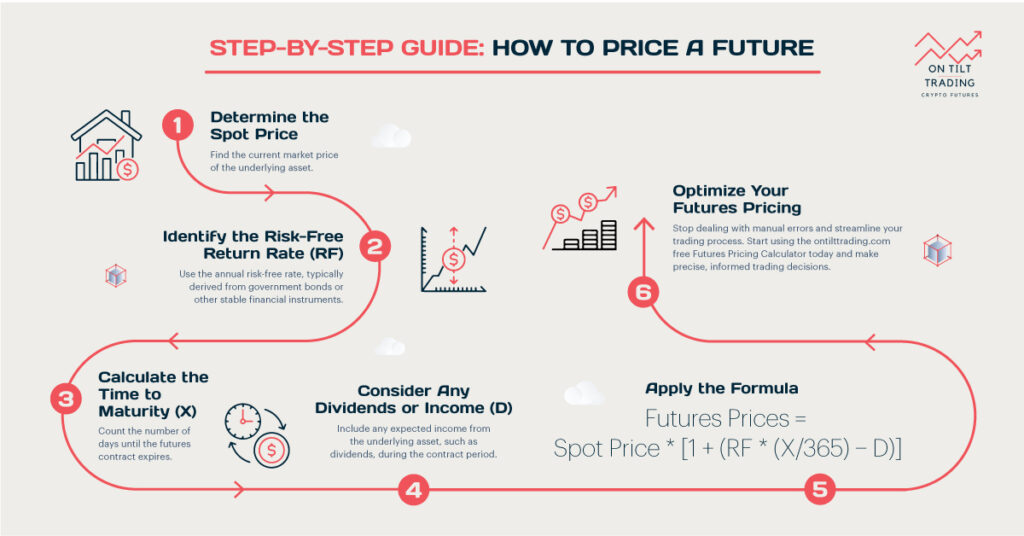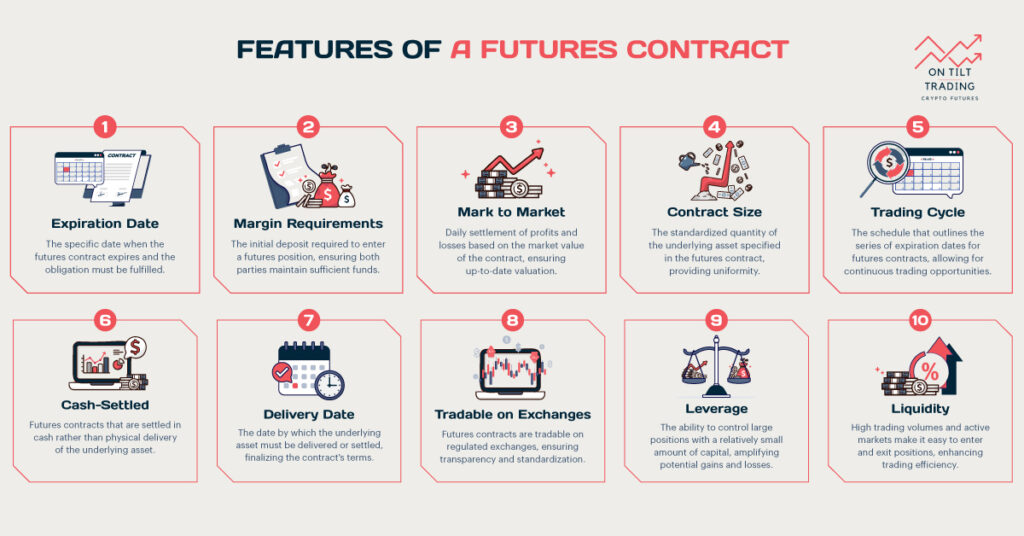It’s essential to grasp the connection between futures and spot prices to navigate financial markets successfully. When futures prices are higher than spot prices, it signals a specific market condition with significant consequences. This condition, called contango, can impact investment strategies and trading choices. In this article, we will explore when futures are higher than spot prices, exploring the causes and implications of this market condition. Making informed decisions in volatile markets is crucial.
What are Spot Prices?
Spot prices represent the current market value of an asset. They reflect the price at which an asset can be bought or sold immediately. Real-time supply and demand determine spot prices. For example, the spot price of oil is determined by current market conditions. Changes in spot prices can be rapid and volatile, reflecting immediate market realities.
What are Futures Prices?
Futures prices are agreed upon today for transactions that will occur in the future. They represent the cost to buy or sell an asset at a set date in the future. A futures price takes into account future spot prices and storage and financing costs. Market predictions and economic forecasts influence them. Unlike spot prices, futures prices are not immediate but reflect anticipated future values.
It is imperative to understand both spot and futures prices in order to understand market dynamics. While spot prices provide immediate value, futures prices give you an idea of what to expect in the future.
When Futures Are Higher Than Spot

In a market condition known as contango, futures prices are usually higher than spot prices. This condition occurs for several reasons.
Market Expectations and Future Price Increases
One of the main reasons for contango is market expectations. Traders believe that the asset’s price will rise in the future, leading them to agree on higher futures prices now. Economic indicators play a crucial role in shaping these expectations. Factors like inflation or anticipated supply shortages can push futures prices above spot prices.
Costs Involved in Contango
Several costs contribute to the contango condition. Storage costs are a significant factor in commodity markets. For instance, storing physical goods like oil incurs expenses over time. These storage costs are factored into futures prices, making them higher than spot prices.
Additionally, interest rates influence futures pricing. Higher interest rates increase the cost of financing positions in the futures market, which is reflected in the futures prices.
Impact on Investment Strategies
When futures are higher than the spot, it impacts investment strategies. Investors must consider the additional costs of holding futures contracts.
In some cases, holding the physical asset might be cheaper than futures contracts. This scenario can influence decisions on whether to enter or exit positions. Traders need to evaluate the benefits of holding futures against potential costs.
Contango’s Role in Trading and Analysis
Understanding when futures are higher than spot prices is essential for traders. It helps in making informed decisions about market entry and exit.
This knowledge also aids in analyzing market trends and future price movements. By recognizing contango, traders can better anticipate price shifts and strategize accordingly.
Arbitrage Opportunities in Contango
Contango presents unique opportunities for arbitrage. Traders can profit from price differences between futures and spot markets.
What is Arbitrage?
Arbitrage involves buying an asset at a lower price in one market and selling it at a higher price in another. In contango, the price difference between spot and futures markets creates such opportunities. Traders can buy the asset at the lower spot price and simultaneously sell it at the higher futures price. This strategy locks in a risk-free profit, assuming market conditions remain stable.
How Contango Creates Arbitrage
In contango, futures prices are higher than spot prices. This price gap allows traders to buy low in the spot market. They then sell high in the futures market, capturing the price difference. This process continues until the prices converge or arbitrage opportunities diminish.
Risks and Considerations in Arbitrage
Arbitrage in contango markets isn’t without risks. Market conditions can change rapidly, affecting the price difference. Additionally, transaction costs can eat into profits. Traders must account for these costs when executing arbitrage strategies. Moreover, market liquidity is crucial; low liquidity can hinder the execution of arbitrage trades.
Examples of Arbitrage in Contango
Arbitrage in contango is common in commodity markets. For example, traders may buy oil at spot prices and sell futures contracts simultaneously, allowing them to profit from the price difference while managing risks. Such opportunities also exist in financial markets, like stock indices, where futures often trade at a premium.
Impact of Contango on Investors and Traders

Contango has significant implications for both investors and traders. Understanding its effects can help in crafting effective strategies.
For Investors
In a contango market, long-term investors may face challenges. Holding futures contracts might be more expensive than owning the underlying asset.
These added costs can erode potential returns over time. Therefore, investors need to consider the overall impact of contango on their portfolios. It’s essential to weigh the benefits of holding futures against the costs.
For Traders
Traders can benefit from contango through various strategies. Short-term traders might capitalize on price differences between spot and futures markets. This approach allows them to profit from contango without holding long-term positions.
Additionally, traders can engage in calendar spreads, where they buy and sell futures contracts with different expiration dates. This strategy helps manage risks while taking advantage of contango.
Strategies to Navigate Contango

Navigating contango requires strategic planning. Traders and investors can employ specific techniques to minimize risks and maximize returns.
Hedging Strategies
Hedging is vital in contango markets. Investors use futures contracts to protect against potential price increases. For instance, a company expecting to buy oil might purchase futures contracts today. This locks in current prices, avoiding higher costs later. Hedging can also protect against adverse price movements in financial markets.
Investing now allows investors to manage future expenses more efficiently. This strategy reduces the risk of unexpected price hikes. In contango, where futures prices exceed spot prices, hedging provides a safeguard. It ensures stability in unpredictable markets, helping manage financial risks effectively.
Calendar Spreads
Calendar spreads are effective in contango markets. This strategy involves buying and selling futures contracts with different expiration dates. Traders buy a contract for one date and sell another for a different date. It takes advantage of price differences between contracts. The goal is to profit from the difference in futures prices.
Calendar spreads help reduce risk while capitalizing on contango conditions. Spreading positions across multiple dates allows traders to minimize losses. This strategy is beneficial in markets where futures prices are higher than spot prices. It effectively balances risk and reward.
Using Options
Options offer flexibility in contango markets. Traders can buy call options to benefit from expected price increases. A call option gives the right to purchase an asset at a set price. Conversely, put options protect if prices fall. A put option gives the right to sell at a specific price. Options allow traders to adapt to changing market conditions.
This adaptability is crucial in contango, where prices can be volatile. By using options, traders can limit potential losses while maximizing gains. This strategy provides a balance between risk management and profit potential.
Staying Informed
Staying informed is crucial for success in contango markets. Regularly monitoring market conditions allows traders to make timely decisions. Economic indicators, such as interest rates and storage costs, provide valuable insights. These indicators help predict potential price movements. Staying updated allows traders to adjust their strategies as necessary.
This proactive approach helps avoid unexpected losses. In a contango market, where futures prices exceed spot prices, informed decisions are essential. Continuous learning and market awareness improve strategy effectiveness. Staying informed enables traders to navigate the complexities of contango effectively.
Read More: Is Forward Price Higher Than Spot Price
Conclusion
Making informed trading and investment decisions depends on knowing when futures are higher than spot prices. Managing contango requires strategic planning since both sides have their benefits and drawbacks. Hedging, calendar spreads, options, and staying informed can help traders profit while minimizing risks. Whether you’re a seasoned trader or new to the market, mastering these strategies can boost your profits.



